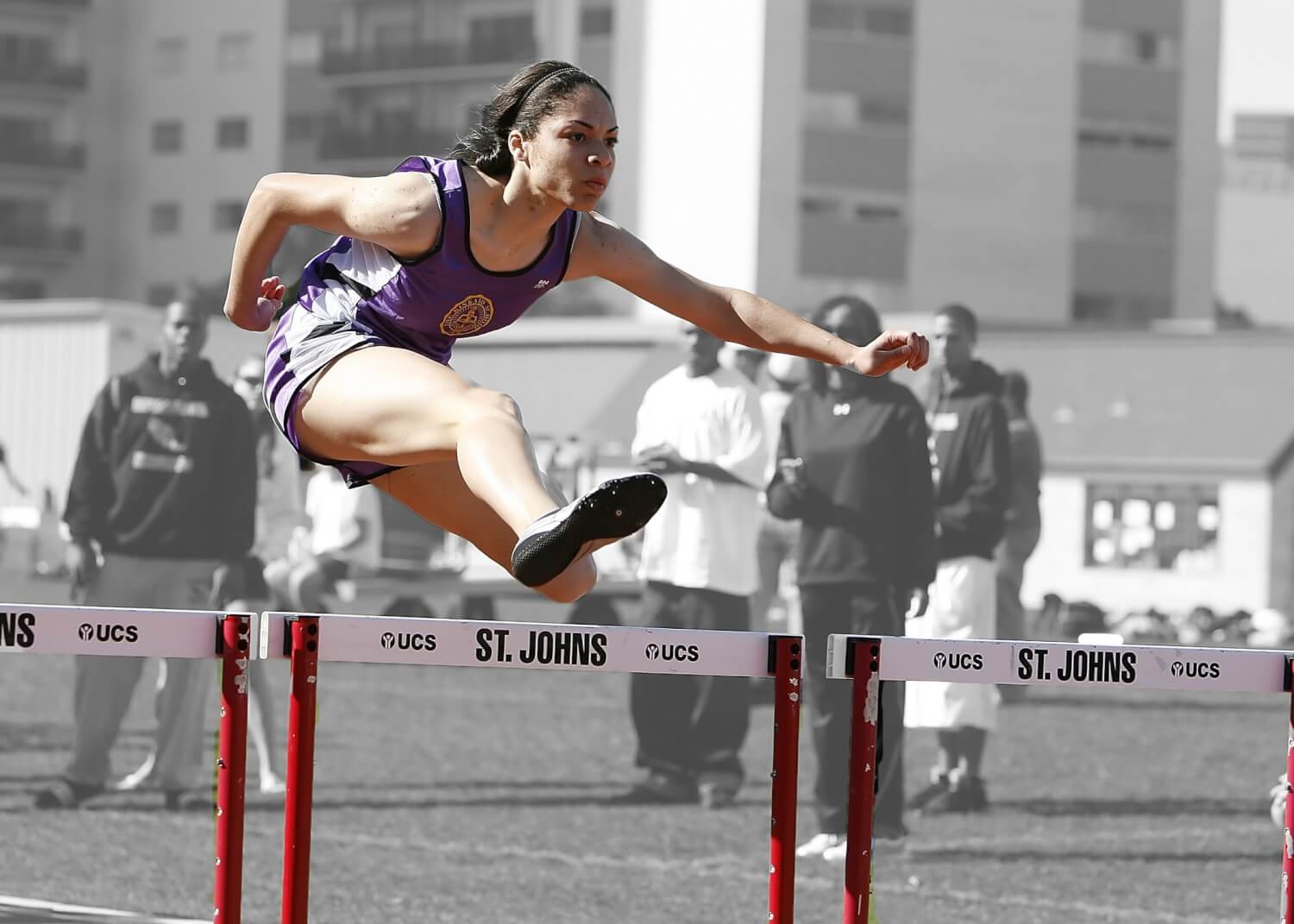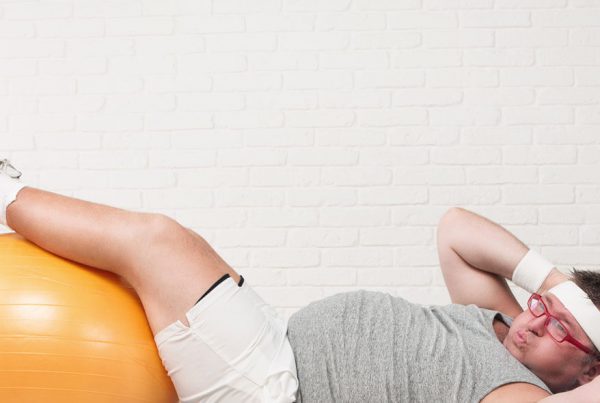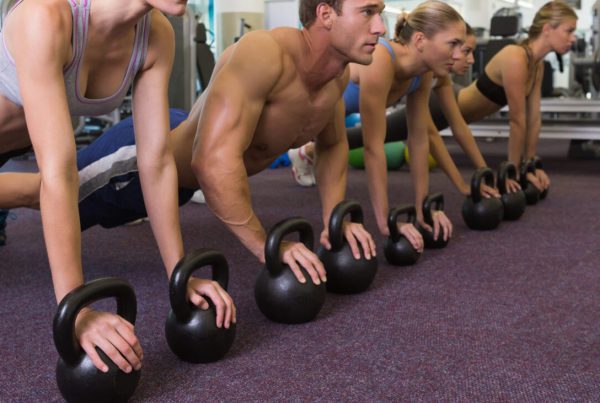It’s no secret that the benefits of improving your body composition go beyond looking good.
Anti-aging, more sustainable weight loss, better overall health — when you start improving your body composition, you start living an overall healthier life.
For this reason, we are dead set on helping you figure out how to reach your target body composition and bringing you closer to your goals through nutrition and fitness.
But we’ve noticed one thing.
Despite the countless memes on the perils that lie ahead if you skip leg day, the legs still don’t get enough attention.
We’re talking about things like this:
Notice how for this person, the upper body (arms and trunk) are all sufficiently developed (percentages over 100%) whereas both legs are in the low 90s.
Now, this is pretty common. People want to look like total beasts and others want to look like magazine models with long, lean bodies. #fitstagram anyone?
This is why you focus on your mirror muscles. You know the ones, these:

For the gentlemen, it’s the chest, abs, back, arms, and shoulders. The ladies, on the other hand, often prioritize their abs and hips. For both, the legs sometimes an afterthought.
While improved physique is an excellent motivation to crush your body composition goals, you’ve got to look past the aesthetic benefit and think big picture by thinking beyond your upper body.
Think of your body as a machine. You’ve got to make sure that every bolt, screw, and working component of your body is in top shape.
While the ill effects of ignoring your glorious glutes, thighs, hamstrings, and calves may not be felt immediately, failing to keep them in shape will eventually catch up with you. It’s a classic, use-it-or-lose-it scenario.
Skeptical? Five days of complete muscle disuse can lead to substantial loss of skeletal muscle mass and strength, and although that’s an extreme case, it points to a greater argument: the risks of leading a sedentary lifestyle and neglecting your muscles. In fact, muscle neglect has become so common and so prevalent that it’s even given birth to an entirely new field of fitness science research.
Read on to learn why ignoring your legs’ pleas (if only your legs could talk!) to keep them in shape is tantamount to eating Twinkies for breakfast.
Seriously, we’re not pulling your leg (swear, this is the only leg pun we have in this post).
The Perils of Poor Leg Skeletal Muscle Mass.
The fitness science world is absolutely awash with research pointing to the paramount importance of leg health. Are you ready?
Higher Risk of Injury and Bone Density

Did you know that you can start losing bone density by the time you hit your 30s?
What’s more: you can further accelerate this natural process of bone density loss if you have under-developed skeletal muscle mass. It turns out that the health of your muscles and bones are tightly linked.
We could even declare them twin flames as reflected in a study of nearly 800 men between 50 to 80 years of age. The researchers found out when studying people with less muscle mass than is average for their height, these people tended to have narrower and thinner bones, resulting in lower bending strength. As a result, low decreased muscle mass was shown to be linked to impaired balance and increased risk of falls among elderly males.
Another Japanese study on outclinic patients further supports the synergistic relationship between muscles and bone. The researchers concluded that in patients with hip fractures, there is indeed a higher prevalence of sarcopenia (muscle wasting) and significant reduction of leg muscle mass.
This is serious business, and the combination of low muscle mass, low bone density, and hip fractures can have lifelong consequences – a 2006 study has even noted that for women over 65 with low muscle mass, more than 50% who break a hip in a fall never walk again.
Come to think of it, your gluteal muscles (buttock muscles) are the largest muscle group in the body. When you have poor skeletal muscle mass in your legs, a huge and very important chunk of your body becomes at risk of lessening bone density.
Poor physical mobility

Let’s say that you manage to avoid injuries due to brittle bones and lack of skeletal muscle mass. There’s one risk that you can’t escape from if you have underdeveloped skeletal muscle mass: poor physical mobility.
Among mobility-limited seniors, muscle mass in the lower extremities is a significant factor that affects physical mobility and performance.
But before you give up and say to yourself that you’re not elderly and don’t need to worry about these issues until later – consider this:
As reflected in this Sports Medicine article, the increase in lean mass is the most important predictor for bone mineral mass formation during prepubertal growth. This means motivating children to move can help stimulate both bone and skeletal muscle hypertrophy. The American Academy of Pediatrics recommends strength training for kids above 8 years old.
Increased insulin resistance

Besides being a harbinger of diabetes, insulin resistance is also a precursor for several health issues — from obesity to thyroid issues to breast cancer.
So what does your leg muscle mass have to do with insulin resistance? A lot.
First, a Japanese study uncovered the association between reduced leg muscle mass and Type 2 diabetes patients. The results further affirmed that reduced leg muscle mass was significantly correlated with an increasing number of risk factors for cardiovascular disease (CVD).
Second, a Korean study on their elderly population examined the relationship between lower skeletal muscle mass and increased insulin resistance in a healthy elderly Korean population.
What’s behind this link between leg muscle and insulin resistance? For part of the answer, we have to look to testosterone.
The problem with testosterone is that for both men and women, testosterone levels decline as they age. This decline starts around age 30 (about the same time muscle strength starts to decline). The less testosterone you have in your body, the more likely that your body will lose its ability to regulate insulin, glucose, and fat metabolism. As a result, adipose tissue (fat) tends to accumulate.
Fortunately, there’s something you can do about this decline. People naturally produce hormones, including testosterone, and exercise protocols that are high in volume, moderate to high in intensity, using short rest intervals and stressing large muscle groups (your glorious glutes and hammies!) have been shown to be the best for hormone production.
That’s because by and large, the amount of muscle mass stimulated during a workout is directly related to the amount of testosterone that’s released. Another reason not to skip leg day.
Additional Benefits of Improving Leg Muscle Mass Through Exercise

If we have not convinced you to pay more attention to your leg muscle mass after listing down the perils, the following benefits will likely nudge you to see squats, lunges, hamstring curls, and even brisk walking in a whole new light:
- You avoid ending up like this guy (or gal).
- Skeletal muscle is a secretory organ. Instead of the usual fears that physical activity can aggravate inflammation, it turns out that regular exercise such as strength training can potentially disrupt the vicious cycle of inflammation. This typically happens in chronic diseases such as rheumatic disease.
- Improved balance and increased stability, aka functional strength
- Improved range of motion (which translates to more efficiency in performing daily tasks).
- Boost in self-confidence
Don’t Wait For The Problems To Start: Prevent Them!
While it’s too easy to neglect lower body mass and strength because they aren’t a part of the mirror muscle gang, it is worth noting that they’re the largest in your body. That makes them hugely important for your overall body composition, bone health, insulin sensitivity, and hormone production.
So what are you to do if you’re to avoid these consequences of low leg muscle mass? As the saying goes: an ounce of preventative is worth a pound of cure, and in this case this means one thing: get your body composition measured.
You may have noticed that a lot of these studies focused on the elderly. That’s because for many elderly, a lifestyle in which they neglected their lower body composition has come back to haunt them, and so researchers study them to better learn how they got to that state. This doesn’t mean, however, that if you’re not elderly, you can ignore the findings of these studies.
You aren’t likely to see many 30- or 40-year-olds suffering hip injuries from falls and brittle bones, but by the same token, you’re not likely to see many 70- or 80-year-olds doing something about preventing it in the squat cage. For them, some of the best exercises to build and maintain leg muscle may now be practically beyond them.
If you start early and monitor your changes in body composition throughout your whole body, including your legs, you can lessen the chances of having problems later in life by being proactive about it now.
And for more immediate benefits, paying more attention to your legs means you’ll equally look good and be more powerful — whether it’s at the gym, outdoors, or simply when you’re hauling those big bags of groceries!
***
Kyjean Tomboc is a nurse turned freelance healthcare copywriter and UX researcher. After experimenting with going paleo and vegetarian, she realized that it all boils down to eating real food.





